Back to Courses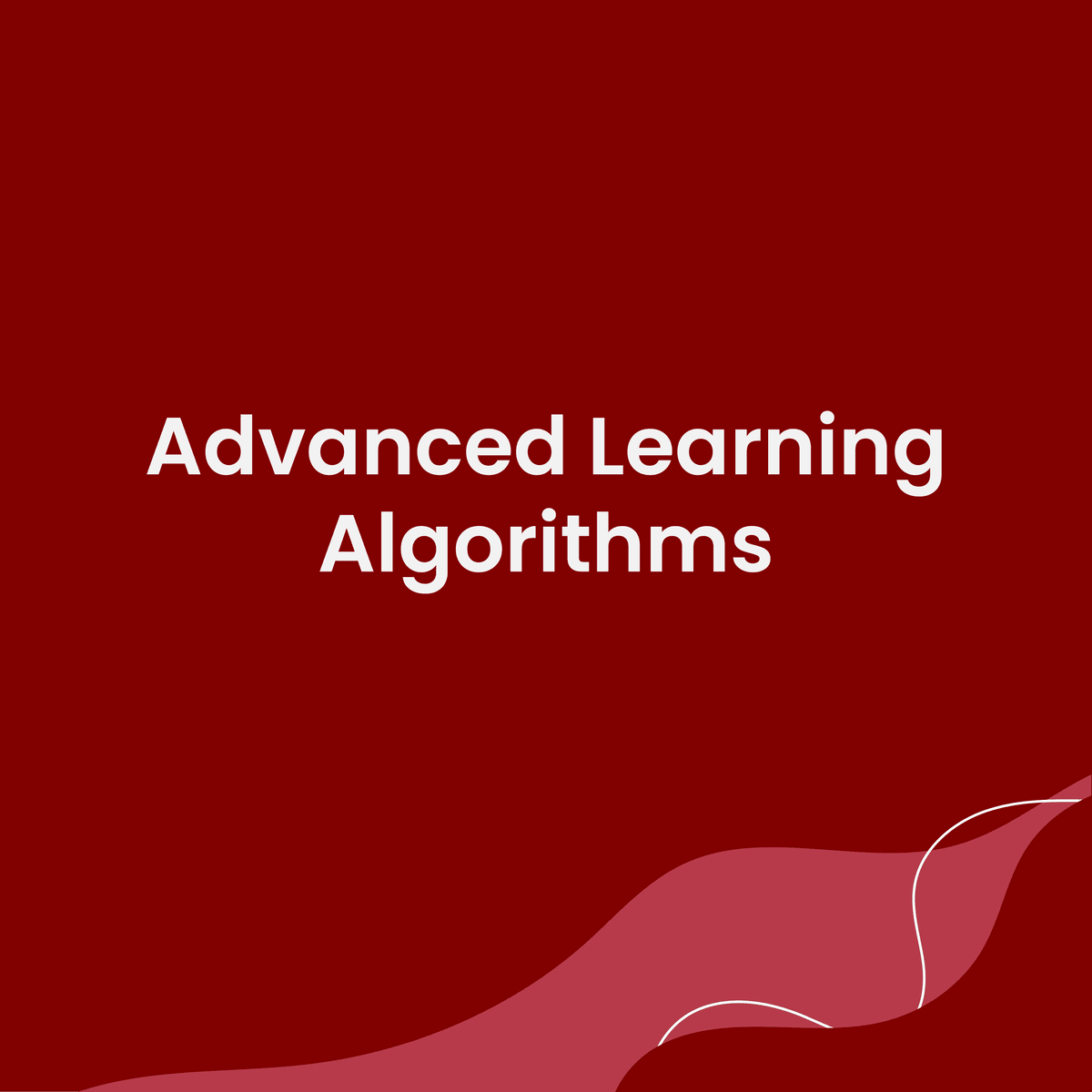

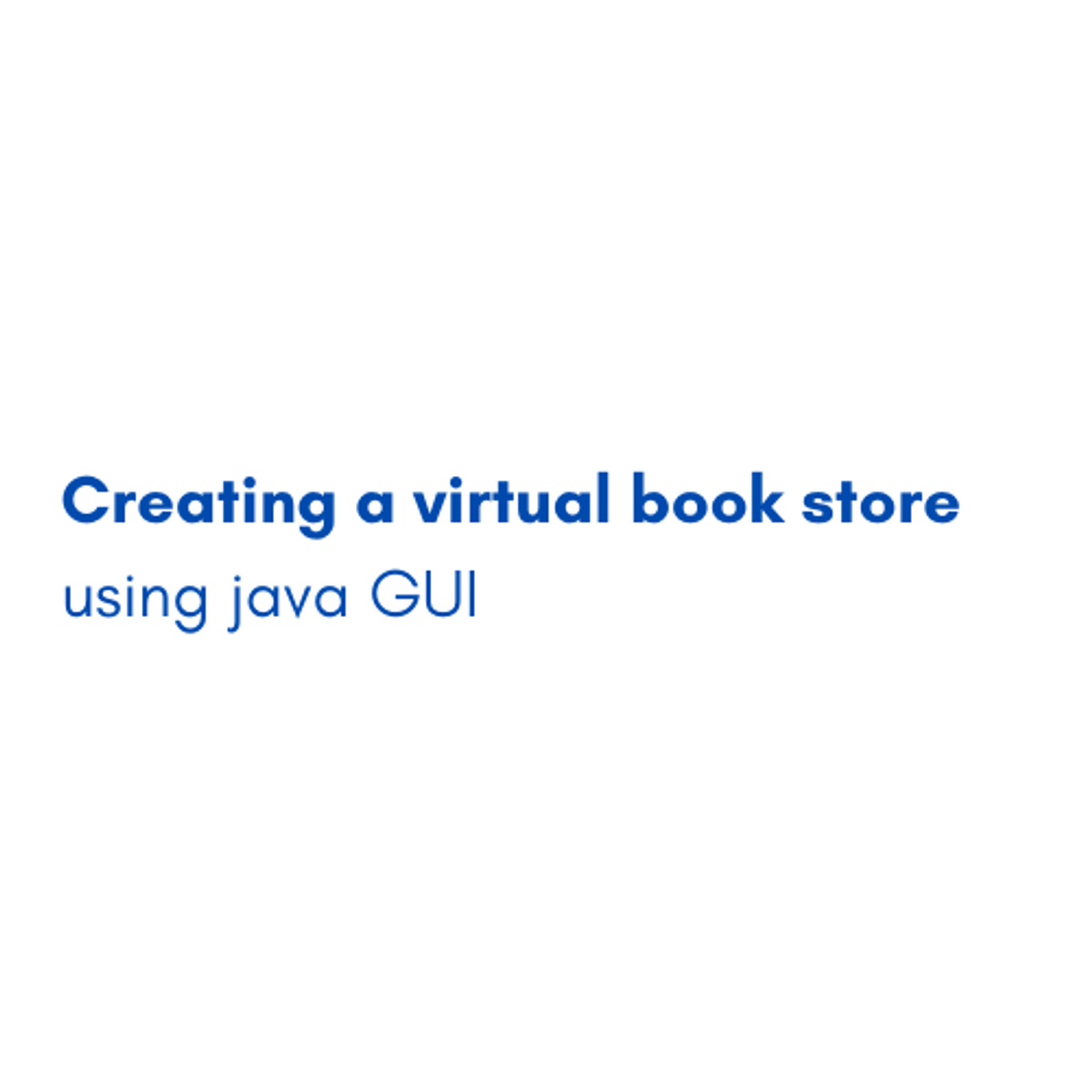


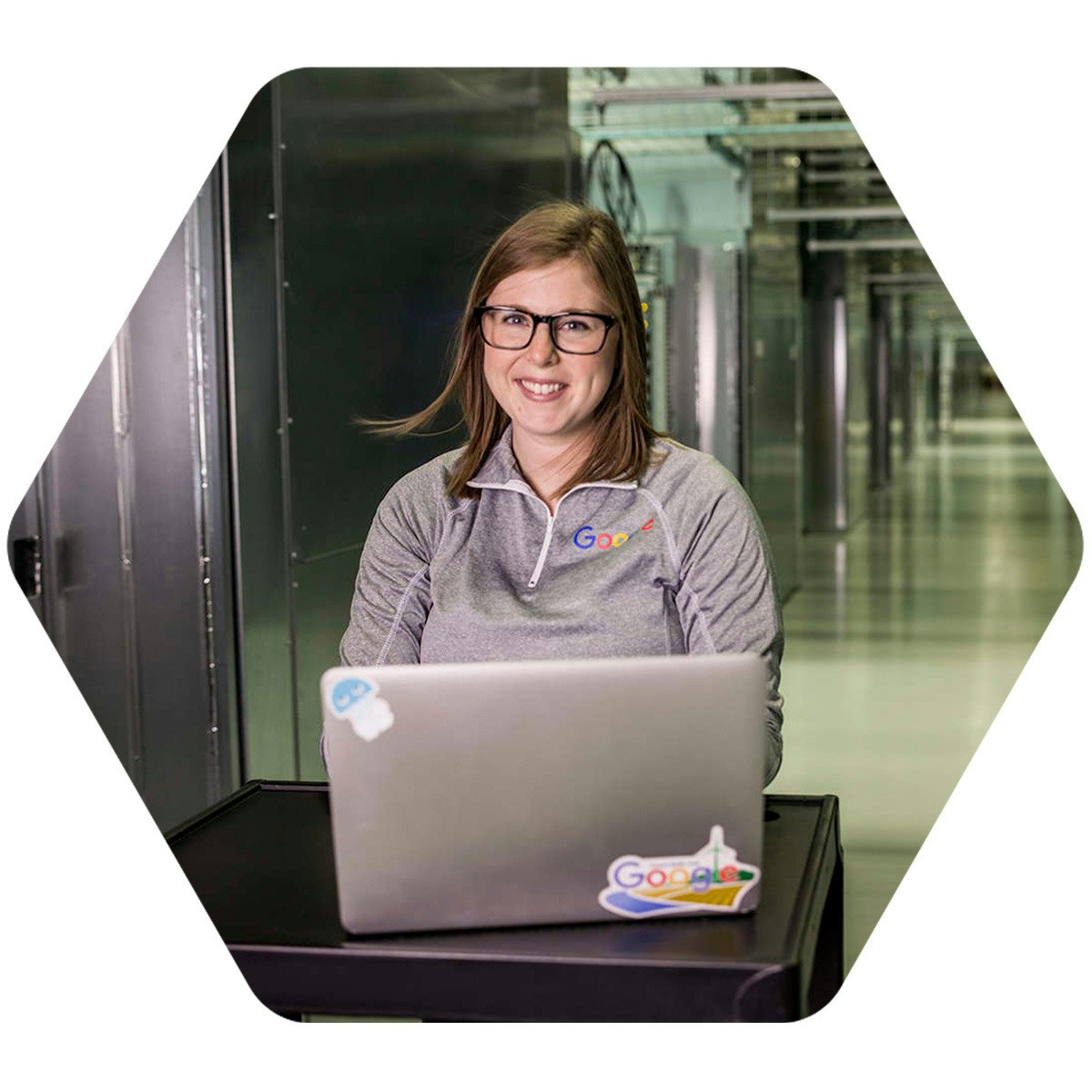

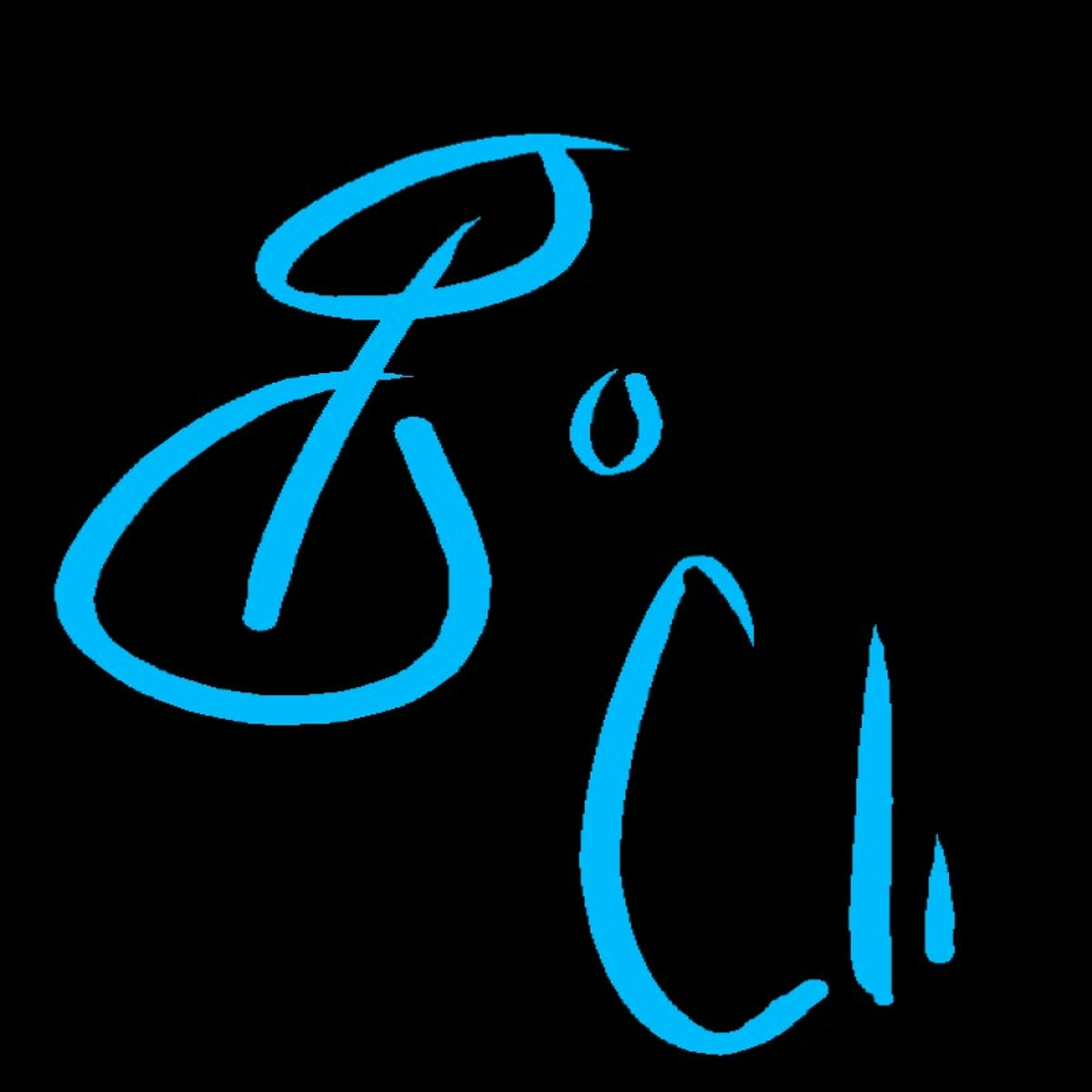
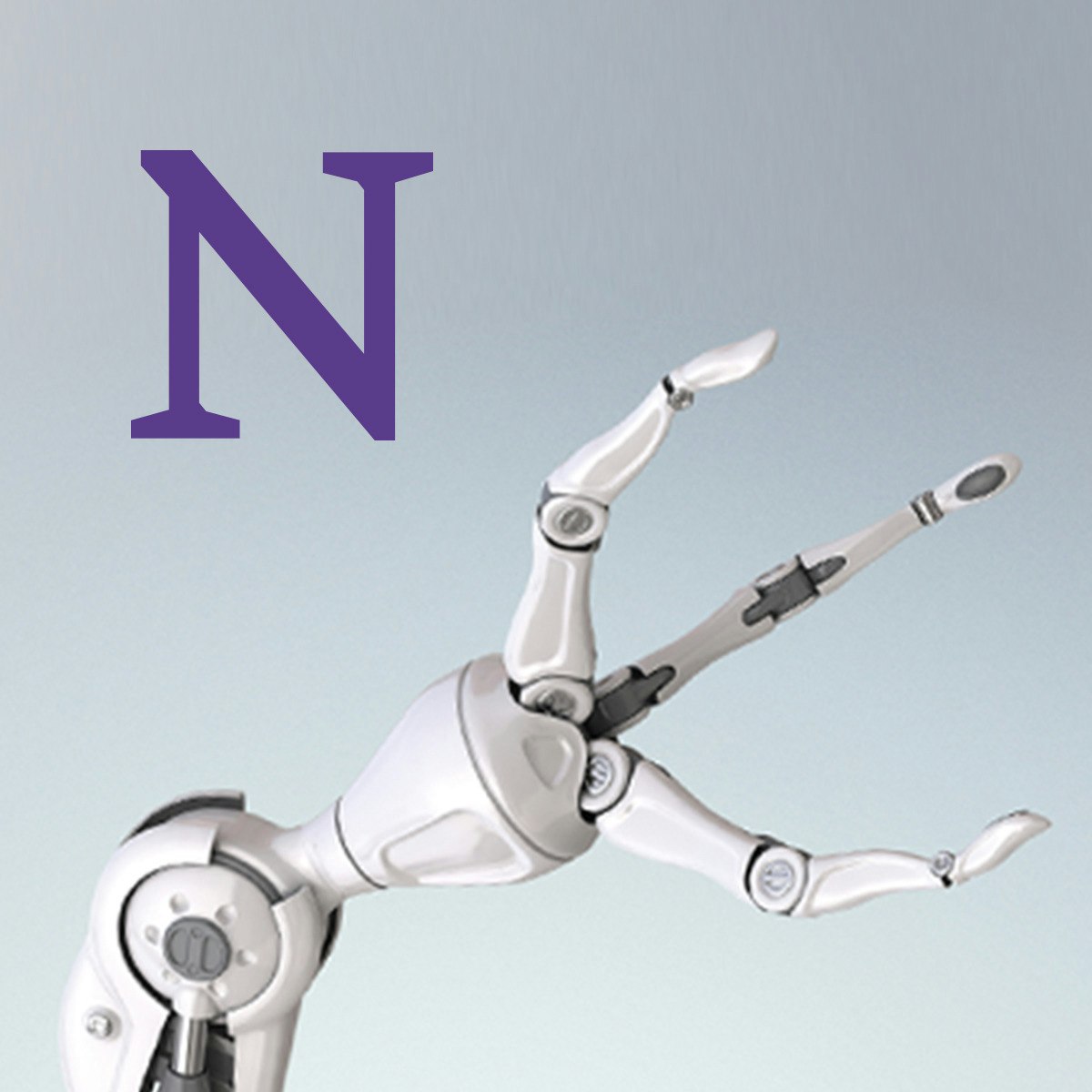

Computer Science Courses - Page 59
Showing results 581-590 of 2309

Advanced Learning Algorithms
In the second course of the Machine Learning Specialization, you will:
• Build and train a neural network with TensorFlow to perform multi-class classification
• Apply best practices for machine learning development so that your models generalize to data and tasks in the real world
• Build and use decision trees and tree ensemble methods, including random forests and boosted trees
The Machine Learning Specialization is a foundational online program created in collaboration between DeepLearning.AI and Stanford Online. In this beginner-friendly program, you will learn the fundamentals of machine learning and how to use these techniques to build real-world AI applications.
This Specialization is taught by Andrew Ng, an AI visionary who has led critical research at Stanford University and groundbreaking work at Google Brain, Baidu, and Landing.AI to advance the AI field.
This 3-course Specialization is an updated and expanded version of Andrew’s pioneering Machine Learning course, rated 4.9 out of 5 and taken by over 4.8 million learners since it launched in 2012.
It provides a broad introduction to modern machine learning, including supervised learning (multiple linear regression, logistic regression, neural networks, and decision trees), unsupervised learning (clustering, dimensionality reduction, recommender systems), and some of the best practices used in Silicon Valley for artificial intelligence and machine learning innovation (evaluating and tuning models, taking a data-centric approach to improving performance, and more.)
By the end of this Specialization, you will have mastered key theoretical concepts and gained the practical know-how to quickly and powerfully apply machine learning to challenging real-world problems. If you’re looking to break into AI or build a career in machine learning, the new Machine Learning Specialization is the best place to start.

Web Design: Strategy and Information Architecture
This course is focused on the early user experience (UX) challenges of research, planning, setting goals, understanding the user, structuring content, and developing interactive sequences. While the concepts covered will translate to many kinds of interactive media (apps, digital kiosks, games), our primary focus will be on designing contemporary, responsive websites. In this course you will complete the first half of a large scale project—developing a comprehensive plan for a complex website—by defining the strategy and scope of the site, as well as developing its information architecture and overall structure. Along the way we will also discuss:
- Different job descriptions in the web design industry and where UX and UI skills fall within this spectrum
- The difference between native apps and websites
- The difference of agile vs. waterfall approaches
- User personas and site personas
- User testing
The work and knowledge in this course continues in the last course in the UI/UX Design Specialization, Web Design: Wireframes to Prototypes, where you will tackle—finally—wireframes, visual mockups, and clickable prototypes.
This is the third course in the UI/UX Design Specialization, which brings a design-centric approach to user interface (UI) and user experience (UX) design, and offers practical, skill-based instruction centered around a visual communications perspective, rather than on one focused on marketing or programming alone.
These courses are ideal for anyone with some experience in graphic or visual design and who would like to build their skill set in UI or UX for app and web design. It would also be ideal for anyone with experience in front- or back-end web development or human-computer interaction and want to sharpen their visual design and analysis skills for UI or UX.

Creating a virtual book store using java GUI
In this 1-hour long project-based course, By the end of this project, you will create a graphical user interface application of a virtual bookstore using java as a programming language. Java is the most common and popular programming language, once anyone masters it, he can get the hang of any other programming languages. It can be used in many industries such as : mobile apps, desktop apps, games and many more applications. Java is easy to learn, open source and secure.
After finishing this project, you will be able to write your own java GUI code and begin your journey as a front end programmer. There are many job opportunities which will be opened for you once you enter the front end programming world like web developer, mobile app developer and many more.
Throughout our project, you will be able to identify and apply different concepts about graphical user interface in java like frames , lists, buttons.
Note: This course works best for learners who are based in the North America region. We’re currently working on providing the same experience in other regions.

Kinematics: Describing the Motions of Spacecraft
The movement of bodies in space (like spacecraft, satellites, and space stations) must be predicted and controlled with precision in order to ensure safety and efficacy. Kinematics is a field that develops descriptions and predictions of the motion of these bodies in 3D space. This course in Kinematics covers four major topic areas: an introduction to particle kinematics, a deep dive into rigid body kinematics in two parts (starting with classic descriptions of motion using the directional cosine matrix and Euler angles, and concluding with a review of modern descriptors like quaternions and Classical and Modified Rodrigues parameters). The course ends with a look at static attitude determination, using modern algorithms to predict and execute relative orientations of bodies in space.
After this course, you will be able to...
* Differentiate a vector as seen by another rotating frame and derive frame dependent velocity and acceleration vectors
* Apply the Transport Theorem to solve kinematic particle problems and translate between various sets of attitude descriptions
* Add and subtract relative attitude descriptions and integrate those descriptions numerically to predict orientations over time
* Derive the fundamental attitude coordinate properties of rigid bodies and determine attitude from a series of heading measurements

Google Apps Script: Access Google Sheets, Maps & Gmail in 4 Lines of Code
This is a Google Cloud Self-Paced Lab. In this lab, we'll introduce you to one of the easiest ways to write code that accesses Google developer technologies, all by leveraging one of the mainstream web development languages, JavaScript.

Essential Google Cloud Infrastructure: Core Services
This accelerated on-demand course introduces participants to the comprehensive and flexible infrastructure and platform services provided by Google Cloud with a focus on Compute Engine. Through a combination of video lectures, demos, and hands-on labs, participants explore and deploy solution elements, including infrastructure components such as networks, systems and applications services. This course also covers deploying practical solutions including customer-supplied encryption keys, security and access management, quotas and billing, and resource monitoring.

Spring Boot Inversion of Control and Dependency Injection
In this project you will use the Spring Boot Framework to implement Inversion of Control and use the IOC framework to inject Dependency into an existing web service application. Traditional application development involves a main starting program that invokes libraries and functions to accomplish something. Inversion of control is used to simplify application development by allowing a Framework to handle the control in the application. In the Spring Boot Web Framework, the developer gives the framework the objects it needs to accomplish a task, such as providing a POJO to represent the data, but the control of the application is handled by the framework itself.

Command Line Interface (CLI) With Golang From Infosys
Do you know how Command Line Interfaces can connect to cloud services at your company? Do you want to be the creator of this connection and even, this tool?
Then this Guided Project is for you!
“Command Line Interface using Golang“ is an hour long Guided Project, where by the end, you will have built a Command Line Interface for a Cloud Provider using Go lang.
Go programs are frequently used in the IT industry for building software tools for software vendors.
This project is perfect for advanced programmers who are looking to enhance their Go Lang skills.
More specifically, you will use Go Lang to build your very own Command Line Interface for a private cloud, hosted by a large company.
Brought to you by Infosys, a global leader in next-generation digital services and consulting, this project is created by their very own technical educator, who has designed various training programs around programming languages, including Go.
Ready, set, GO!

Modern Robotics, Course 4: Robot Motion Planning and Control
Do you want to know how robots work? Are you interested in robotics as a career? Are you willing to invest the effort to learn fundamental mathematical modeling techniques that are used in all subfields of robotics?
If so, then the "Modern Robotics: Mechanics, Planning, and Control" specialization may be for you. This specialization, consisting of six short courses, is serious preparation for serious students who hope to work in the field of robotics or to undertake advanced study. It is not a sampler.
In Course 4 of the specialization, Robot Motion Planning and Control, you will learn key concepts of robot motion generation: planning a motion for a robot in the presence of obstacles, and real-time feedback control to track the planned motion. Chapter 10, Motion Planning, of the "Modern Robotics" textbook covers foundational material like C-space obstacles, graphs and trees, and graph search, as well as classical and modern motion planning techniques, such as grid-based motion planning, randomized sampling-based planners, and virtual potential fields. Chapter 11, Robot Control, covers motion control, force control, and hybrid motion-force control.
This course follows the textbook "Modern Robotics: Mechanics, Planning, and Control" (Lynch and Park, Cambridge University Press 2017). You can purchase the book or use the free preprint pdf. You will build on a library of robotics software in the language of your choice (among Python, Mathematica, and MATLAB) and use the free cross-platform robot simulator V-REP, which allows you to work with state-of-the-art robots in the comfort of your own home and with zero financial investment.

Linux System Programming and Introduction to Buildroot
This course provides an overview of System Programming for the Linux operating system, or software which is interfacing directly with the Linux Kernel and C library. The basic components of a Linux Embedded System, including kernel and root filesystem details are discussed. The Buildroot build system is introduced, which students use to build their own custom Embedded Linux system through programming assignments.
